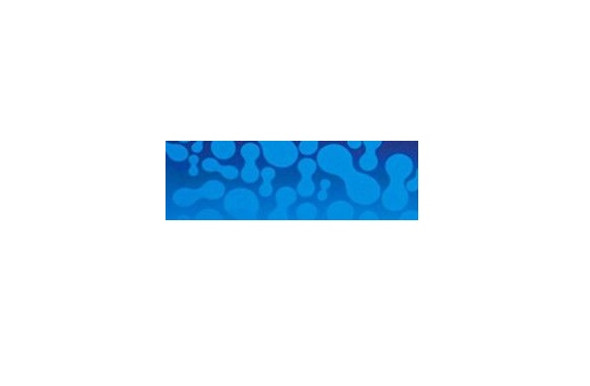Recombinant Human Coagulation Factor VII/F7 Protein (His Tag) | PKSH031107
- SKU:
- 575-PKSH031107
- Weight:
- 1.00 KGS
Description
Recombinant Human Coagulation Factor VII/F7 Protein (His Tag) | PKSH031107 | Gentaur US, UK & Europe Disrtribition
Synonyms: Coagulation factor 7;Coagulation factor VII;SPCA
Active Protein: N/A
Activity: A DNA sequence encoding the human F7 isoform B (P08709-2) (Met 1-Pro 444) was expressed, fused with a polyhistidine tag at the C-terminus.
Protein Construction: A DNA sequence encoding the human F7 isoform B (P08709-2) (Met 1-Pro 444) was expressed, fused with a polyhistidine tag at the C-terminus.
Fusion Tag: C-His
Species: Human
Expressed Host: HEK293 Cells
Shipping: This product is provided as lyophilized powder which is shipped with ice packs.
Purity: > 95 % as determined by reducing SDS-PAGE.
Endotoxin: < 1.0 EU per µg as determined by the LAL method.
Stability and Storage: Generally, lyophilized proteins are stable for up to 12 months when stored at -20 to -80℃. Reconstituted protein solution can be stored at 4-8℃ for 2-7 days. Aliquots of reconstituted samples are stable at < -20℃ for 3 months.
Molecular Mass: 46.5 kDa
Formulation: Lyophilized from sterile PBS, pH 7.4
Reconstitution: Please refer to the printed manual for detailed information.
Background: Coagulation factor VII, also known as Serum prothrombin conversion accelerator, Factor VII, F7 and FVII, is a member of the peptidase S1 family. Factor VII is one of the central proteins in the coagulation cascade. It is an enzyme of the serine protease class, and Factor VII (FVII) deficiency is the most frequent among rare congenital bleeding disorders. Factor VII contains two EGF-like domains, one Gla (gamma-carboxy-glutamate) domain and one peptidase S1 domain. The main role of factor VII is to initiate the process of coagulation in conjunction with tissue factor (TF). Tissue factor is found on the outside of blood vessels, normally not exposed to the blood stream. The action of the Factor VII is impeded by tissue factor pathway inhibitor (TFPI), which is released almost immediately after initiation of coagulation. Factor VII is vitamin K dependent and is produced in the liver. Upon vessel injury, tissue factor is exposed to the blood and circulating Factor VII. Once bound to TF, FVII is activated to FVIIa by different proteases, among which are thrombin (factor IIa), factor Xa, IXa, XIIa, and the FVIIa-TF complex itself. Recombinant activated factor VII (rFVIIa) is a haemostatic agent, which was originally developed for the treatment of haemophilia patients with inhibitors against factor FVIII or FIX. FVIIa binds specifically to endothelial protein C receptor (EPCR), a known cellular receptor for protein C and activated protein C, on the endothelium. rFVIIa is a novel hemostatic agent, originally developed for the treatment of hemorrhage in hemophiliacs with inhibitors, which has been successfully used recently in an increasing number of nonhemophilic bleeding conditions.
Research Area: N/A






